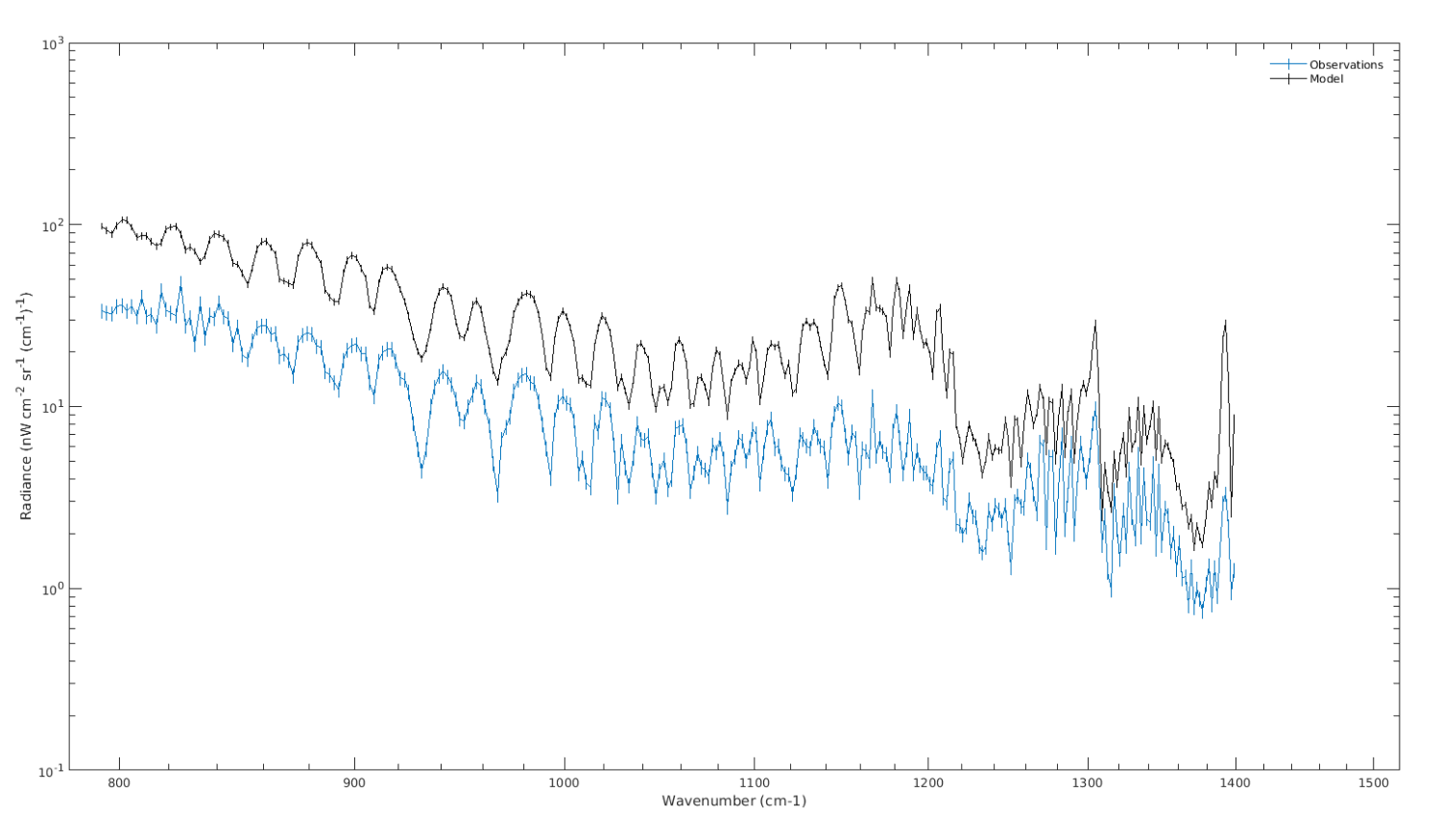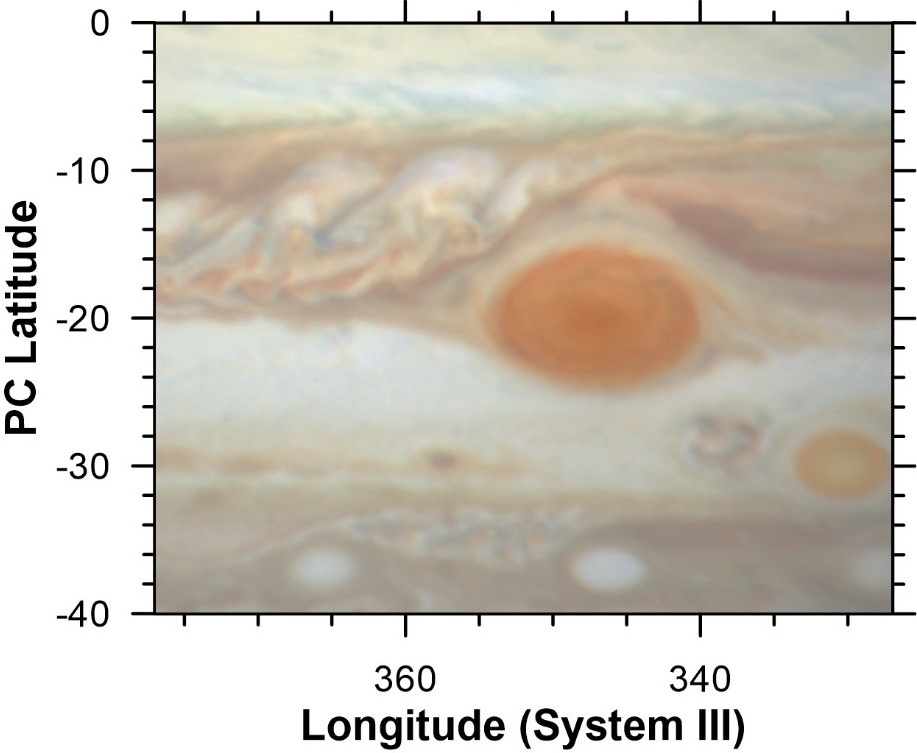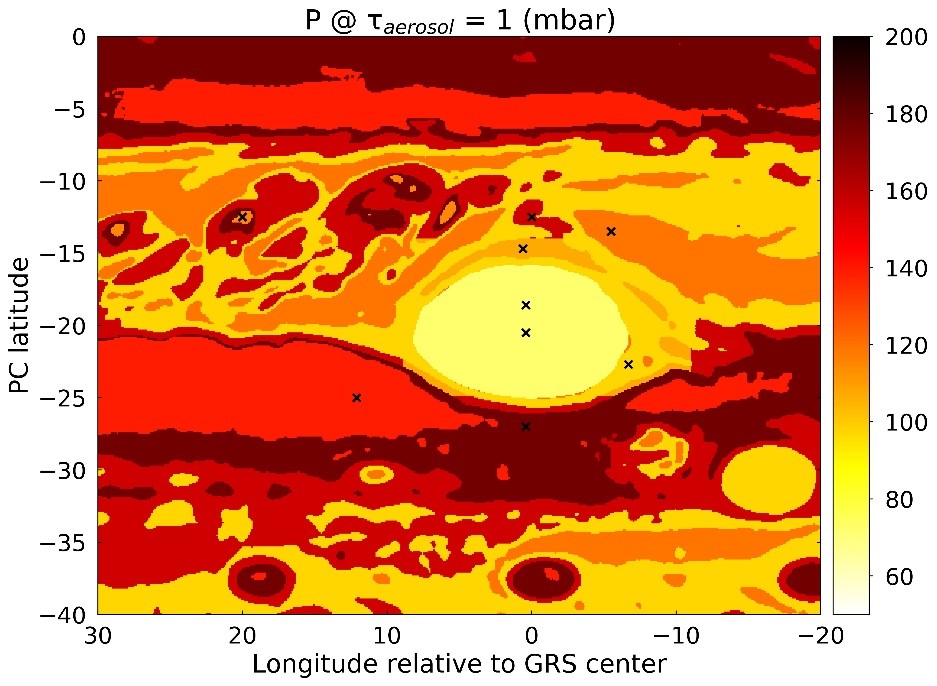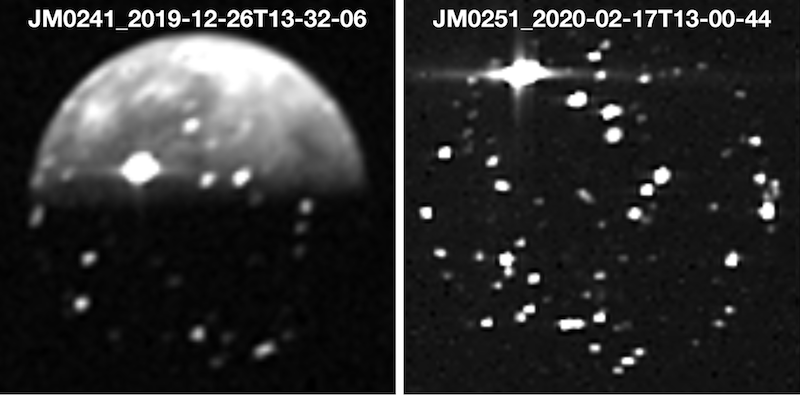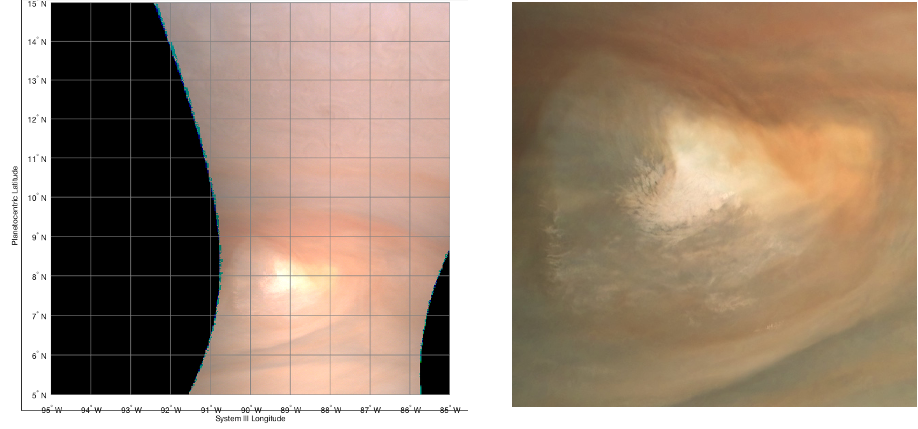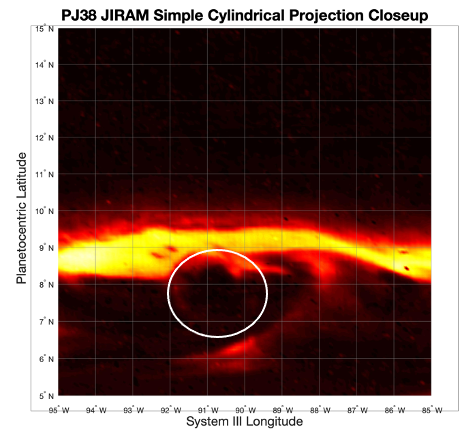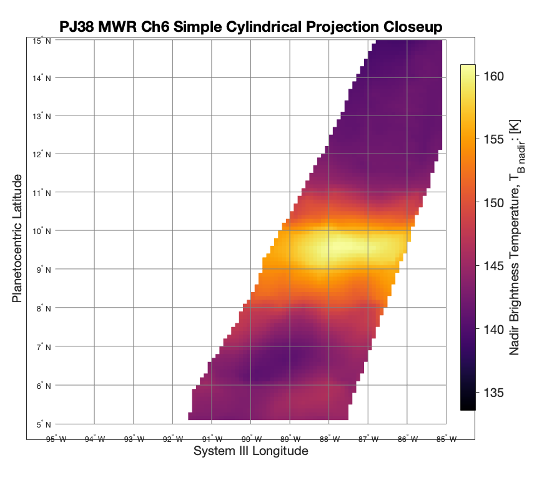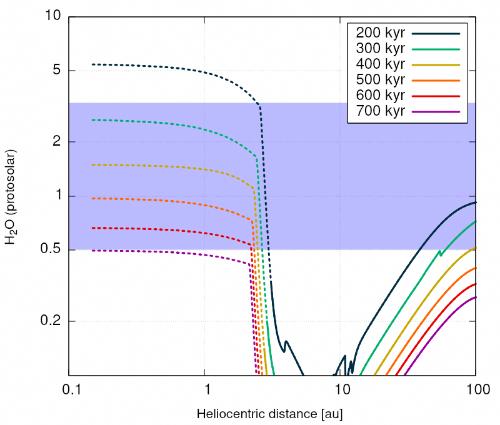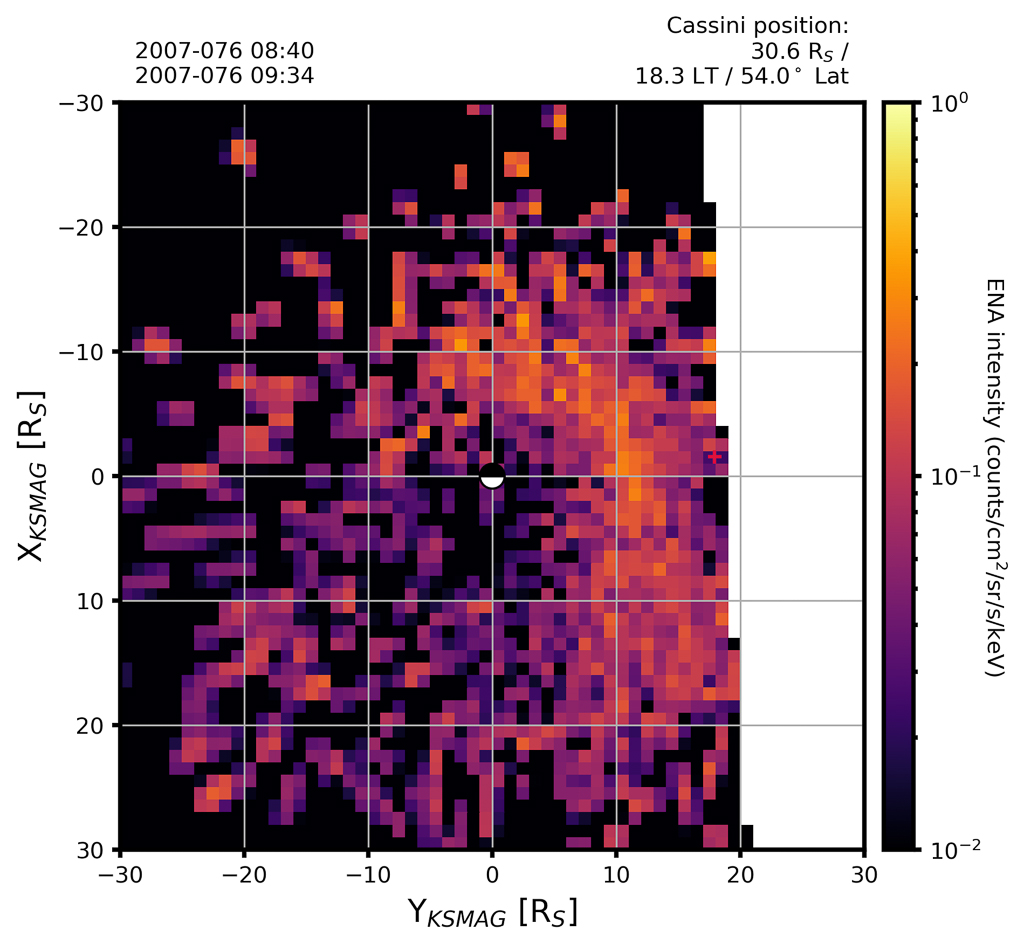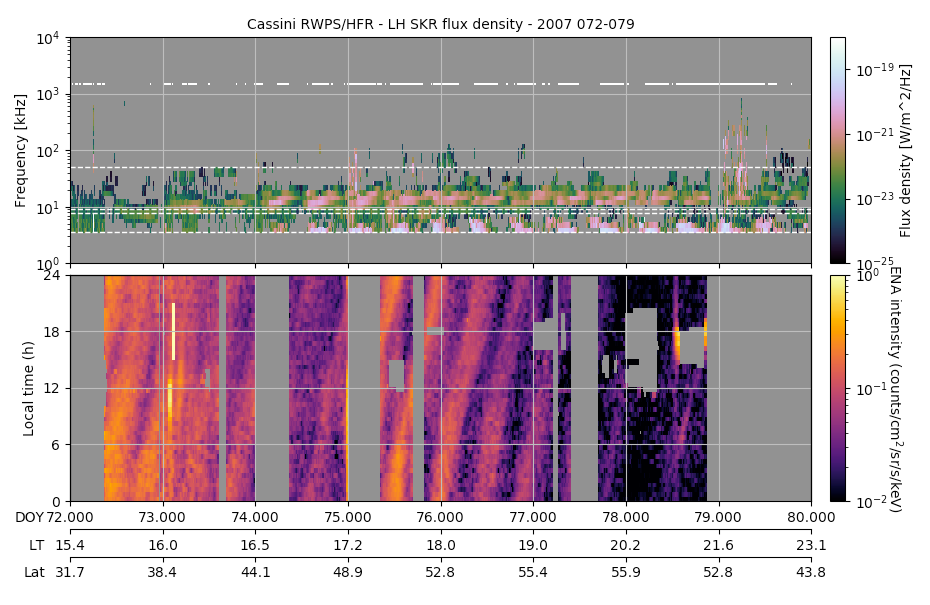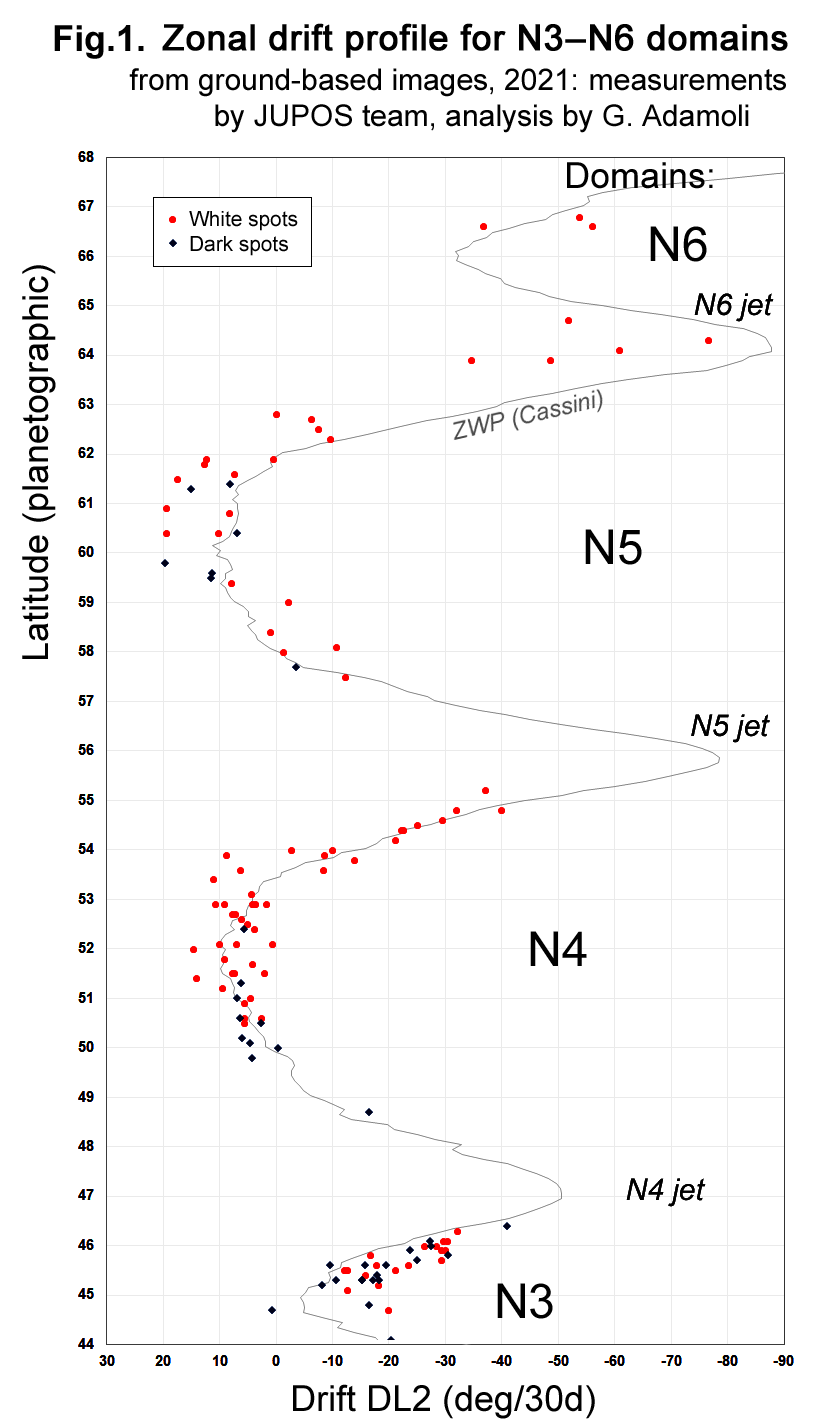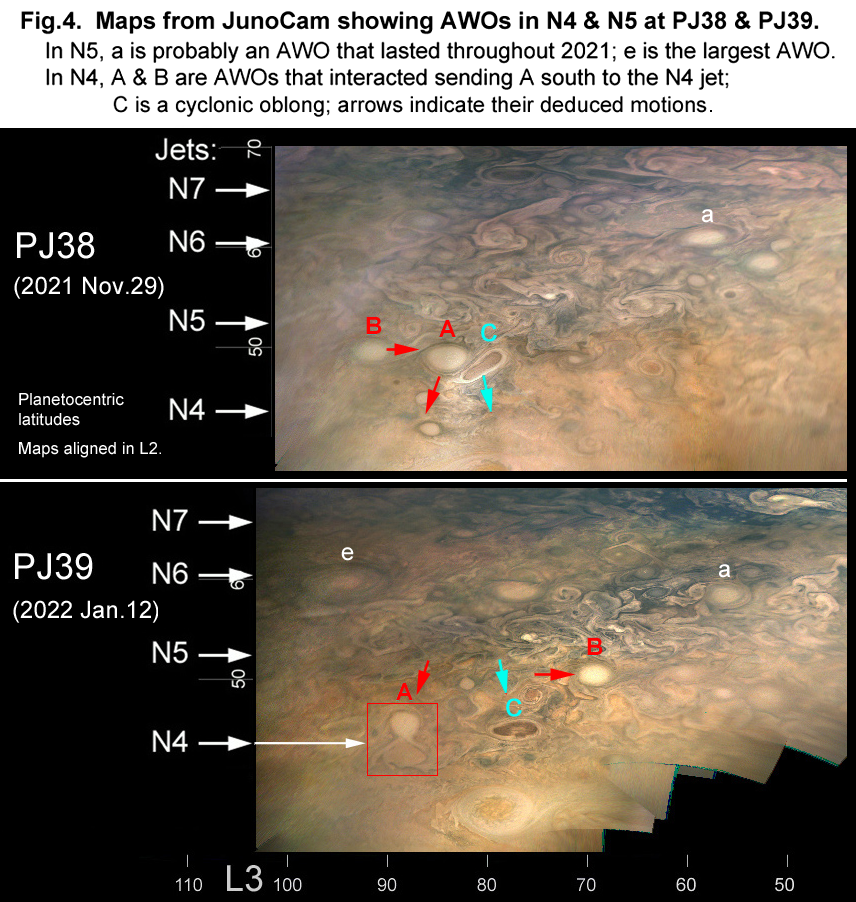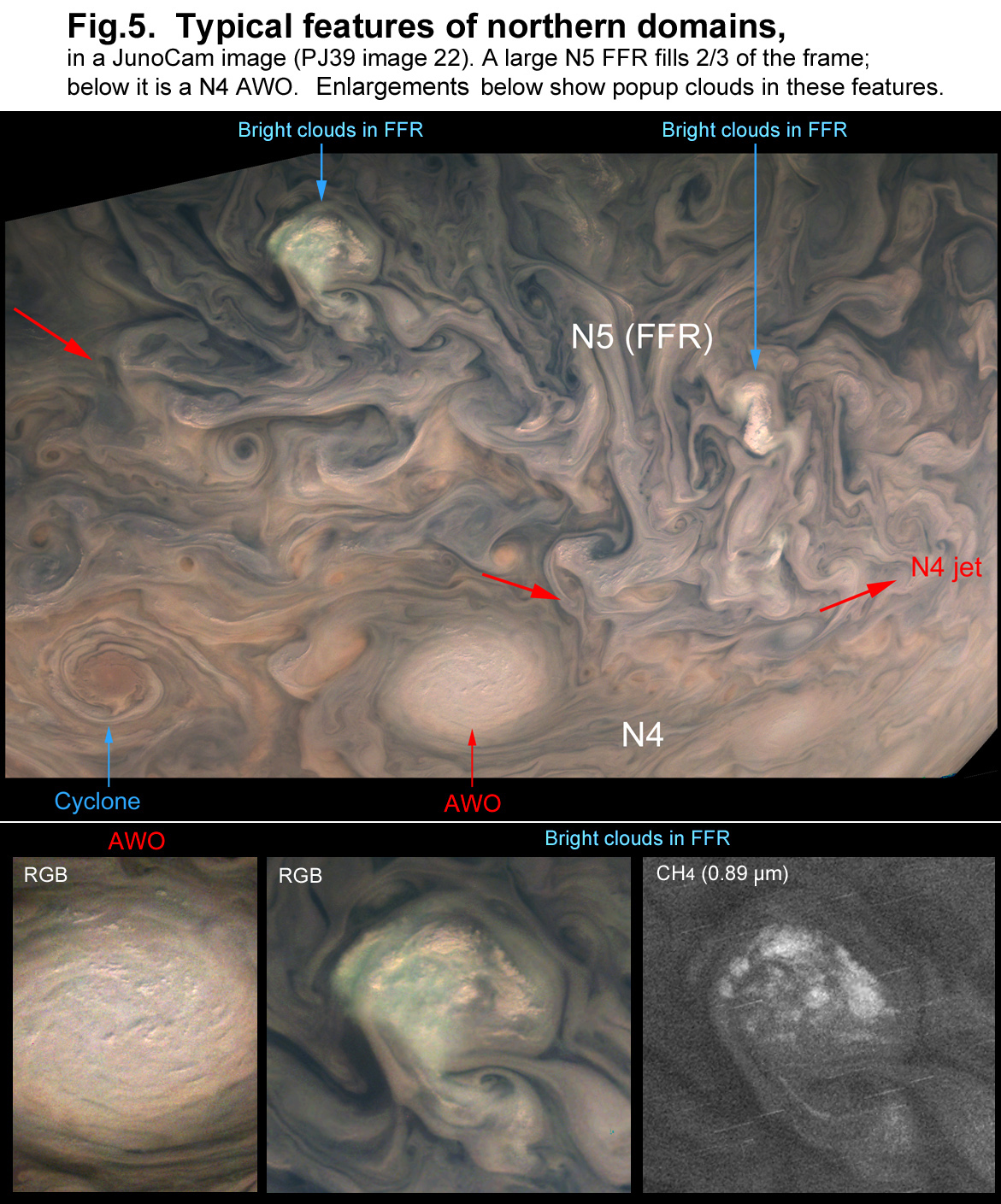OPS4
Jupiter and Giant Planet System Science: New Insights From Juno
Convener:
Scott Bolton
|
Co-conveners:
Yamila Miguel,
Yasmina M Martos,
Corentin Louis,
Stavros Kotsiaros,
Kimberly Moore
Session assets
Discussion on Slack
Orals: Thu, 22 Sep, 12:00–18:30 | Room Andalucia 2
Chairperson: Corentin Louis
12:10–12:20
|
EPSC2022-145
|
ECP
12:20–12:30
|
EPSC2022-174
13:10–13:20
|
EPSC2022-355
Lunch break
Chairperson: Jack Connerney
15:30–15:40
|
EPSC2022-475
|
MI
15:40–15:50
|
EPSC2022-534
|
ECP
15:50–16:00
|
EPSC2022-535
|
ECP
16:00–16:10
|
EPSC2022-855
16:10–16:20
|
EPSC2022-267
16:40–16:50
|
EPSC2022-733
|
ECP
|
MI
Coffee break
Chairperson: Yasmina M Martos
17:30–17:40
|
EPSC2022-761
17:50–18:00
|
EPSC2022-843
18:00–18:10
|
EPSC2022-891
|
ECP
18:10–18:20
|
EPSC2022-943
|
ECP
18:20–18:30
|
EPSC2022-975
Orals: Fri, 23 Sep, 10:00–11:30 | Room Andalucia 3
Chairperson: Yamila Miguel
10:00–10:10
|
EPSC2022-980
10:10–10:20
|
EPSC2022-1004
10:20–10:30
|
EPSC2022-1006
|
ECP
10:30–10:40
|
EPSC2022-1061
|
ECP
11:10–11:20
|
EPSC2022-1192
Juno magnetometer observations constrain Jupiter’s dynamo, interior state, deep zonal flow, and planetary rotation rate.
(withdrawn)
11:20–11:30
|
EPSC2022-1215
|
ECP
Posters: Thu, 22 Sep, 18:45–20:15 | Poster area Level 1
Chairperson: Stavros Kotsiaros
L1.92
|
EPSC2022-240
|
ECP
L1.93
|
EPSC2022-373
|
ECP
|
MI
L1.96
|
EPSC2022-632
|
ECP
L1.100
|
EPSC2022-1053
|
ECP
L1.101
|
EPSC2022-321
|
ECP



